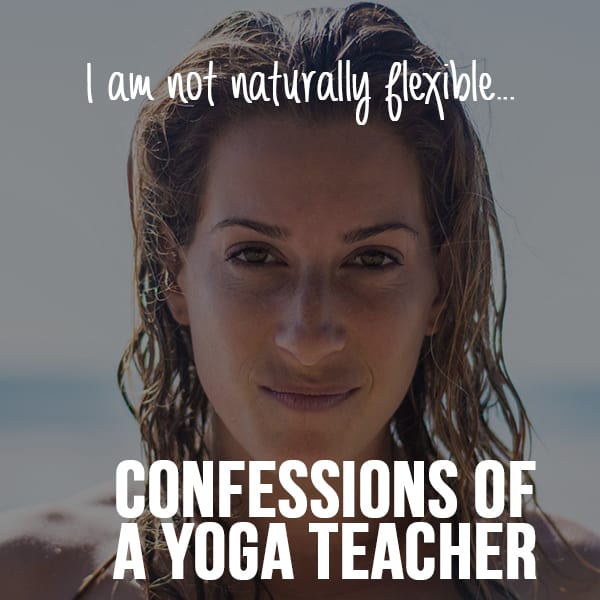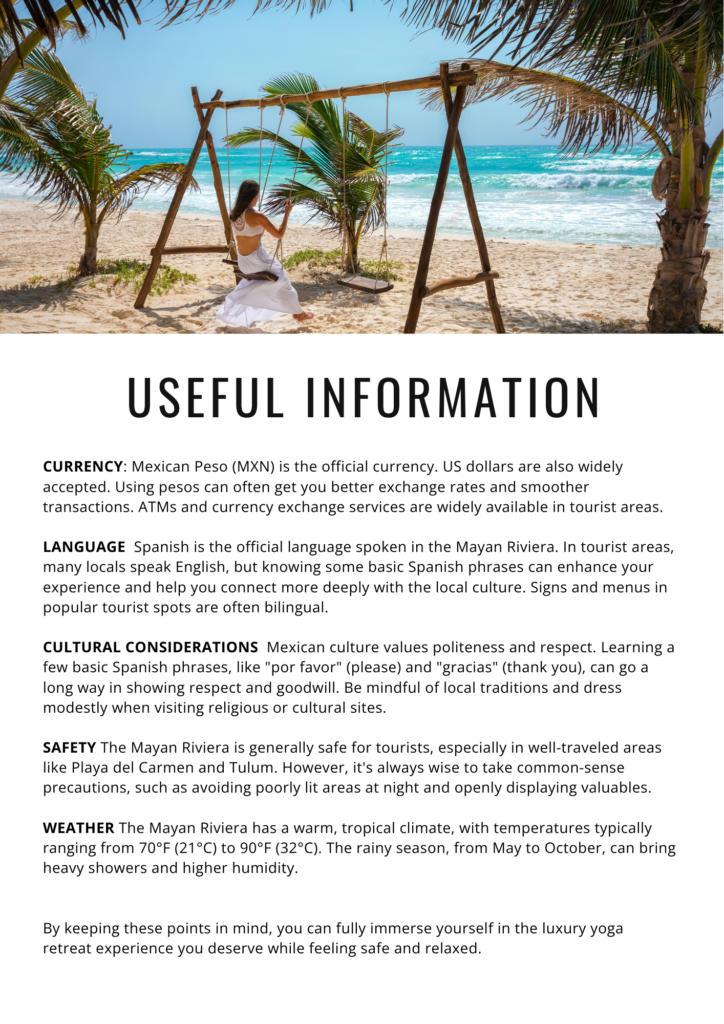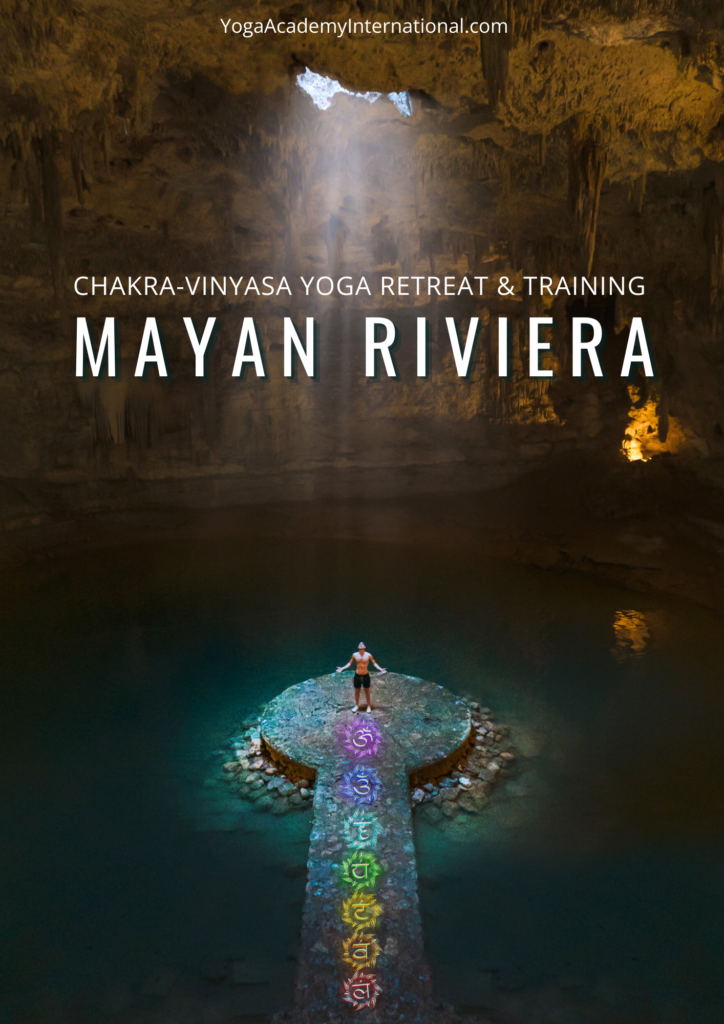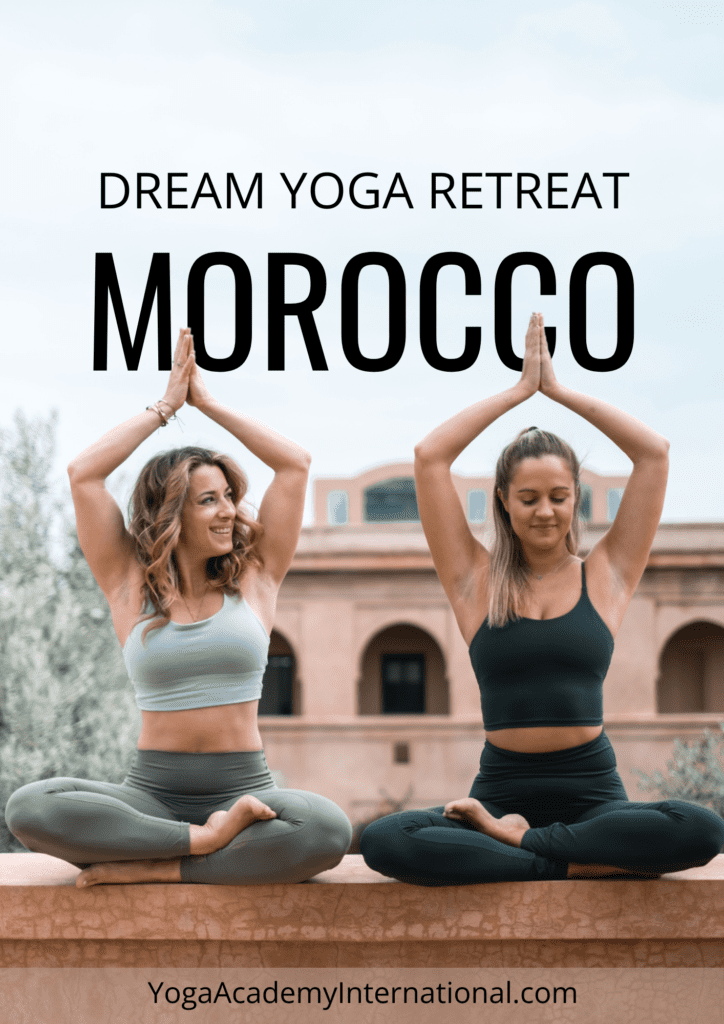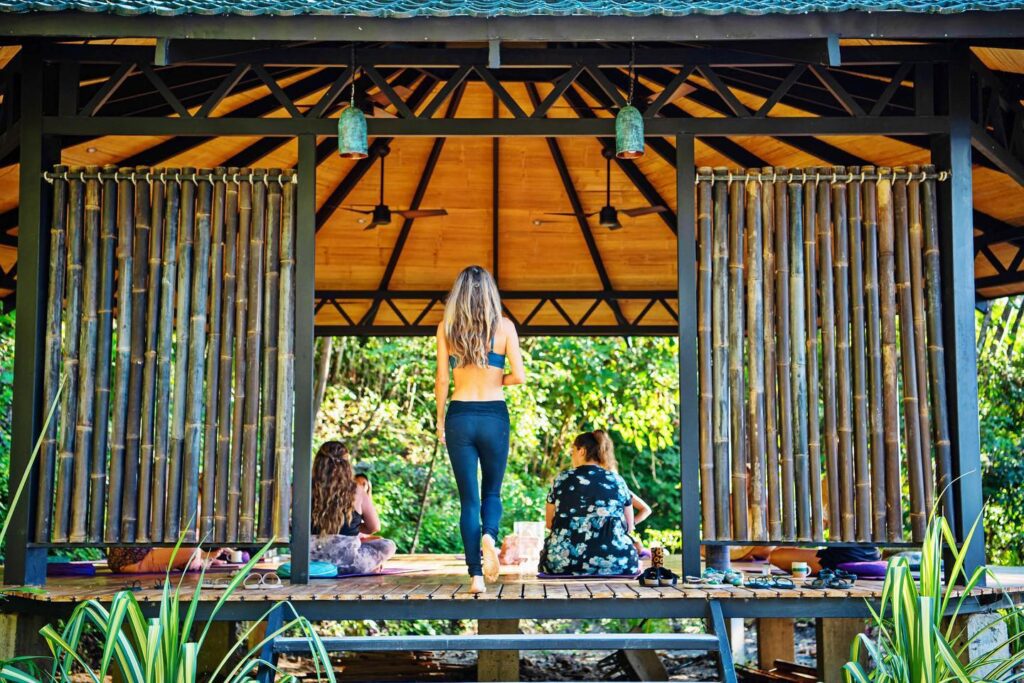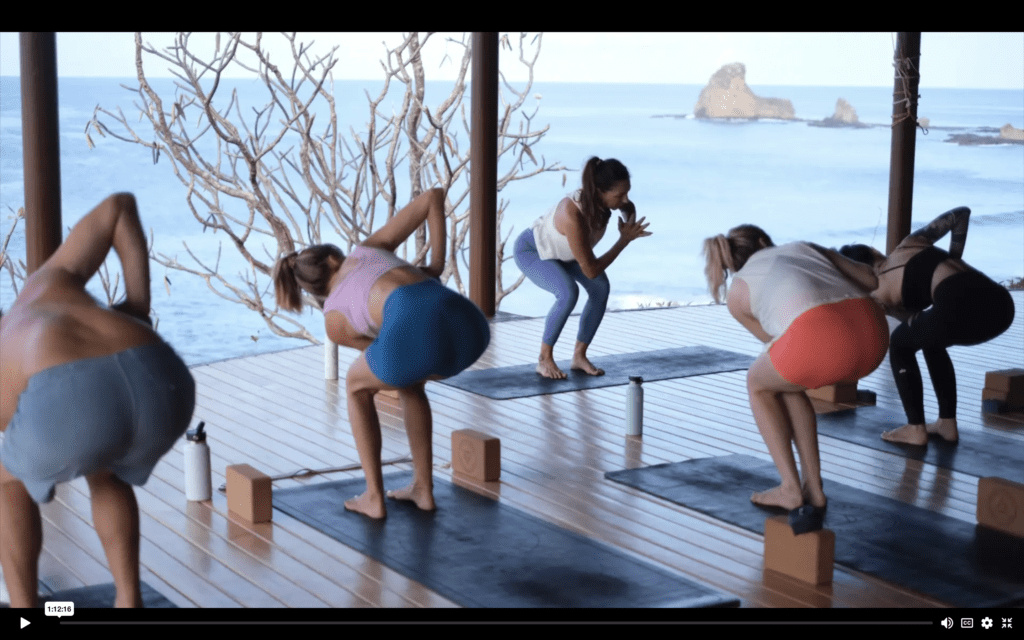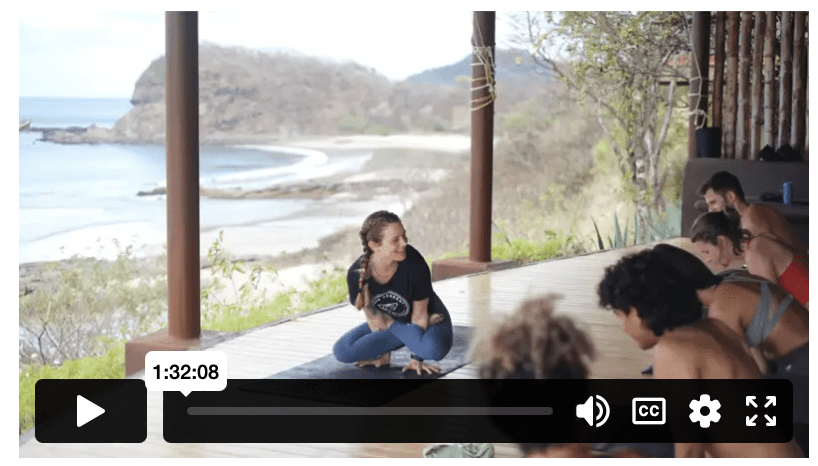There’s a reason that the statement “getting down on hands and knees” is synonymous with doing all of the hard things. As with most clichéd statements, the words themselves may be overused, but their validity rings true. I’d make a joke about having a nickel for every time I saw a student come down and shake out his or her wrists mid-downward dog, but I think it’s time to lay to bed the literary devices (for now).
As a mammalian group that has evolved to carry out the majority of our lives on two feet as opposed to quadruped, the struggle gets very real when we are tasked with bearing significant load on the wrists. The struggle is further amplified when said wrist joints are supporting weight at a degree of flexion or extension that they so rarely get exposed to from our tech-absorbed lifestyles (re: texting, typing, and any other social media-induced sinning you can think of). The solution to the tenderness or lack of strength you may be feeling is not to simply keep pushing through chaturanga after chaturanga, letting your wrist weakness translate its way up into pinching scapula and over-extension of the lumbar spine. Scale back, and start with a basic wrist warm-up routine that you can build up over time to help develop both the strength and mobility you need to keep this integral synovial joint happy and healthy. Keep in mind that none of these exercises are revolutionary or unique (trademark anyone?), but serve to introduce a less familiar range of motion back into the joint, coupled with dynamic movement. Here are 10 easy exercises for stronger wrists.
. . . . . . . . . .
1) Table-top Dynamic Palm Presses

Start by positioning yourself on hands and knees; knees under your hips, and with wrists under shoulders. Wrists will not line up right underneath your shoulders, as you will have to allow for the carrying angle of the elbow, so you will notice slight ulnar deviation (fingers moving away from midline). Wrist creases will move towards parallel with the top of the mat. Spread all ten fingers wide, maintain a gentle curve through the joints of the fingers, and distribute your weight evenly by pressing in through the base of your palm (meaty party), as well as the pads of your fingers. Start moving back and forth, use your inhalations to take your hips towards your forearms, and your sitting bones back towards your heels. Make sure you’re not dropping your navel towards your mat; front line of your body remains engaged, but not tense. You can switch it up and move side to side, just be sure to keep the fingers spread wide, and the shoulder blades moving in opposite directions to avoid any pinching of the scapula.
2) Table-top Dynamic Wrist Extensions (Variation A)

Take the same starting position as 1). Turn your fingers out to opposite edges of your mat (thumbs forward, pinky fingers back). Move hips forwards and then sit weight back towards heels, keeping all ten fingers pressing in to the mat. Play with changing the weight distribution through your palms, and move through 10-20 iterations of this.
3) Table-top Dynamic Wrist Extensions (Variation B)
Take the same starting position as 2). Instead of moving the trunk and hips, lift one palm, suction cupping the palm diaphragm up away from your mat, and then place it back down. Repeat on other side, and feel free to lean weight slightly toward each side as your lift the palm. Repeat 10-20 times per side.


4) Table-top Reverse Wrist Extensions with Pulsing

Users’ warning: this is intense, especially for those of us restricted to a stereotypical office job where we spend the vast majority of our time typing, in wrist flexion. Take palms onto the mat, but spin wrist creases to face towards the front edge of your mat, fingers point directly back toward your knees. Walk your knees up to meet your finger tips to take some pressure and weight off of your wrists, and start to slowly bend your elbows slightly, taking your glutes back toward your heels, and lifting the palms away from the ground. If this is super intense, try a single palm variation, with one wrist crease exposed to the front of your mat, and one wrist crease facing back in toward your knee. Keep this exercises dynamic by pulsing the palms up and down 5-10 times, and on your last pulse, see if you’re able to peel the palm slightly higher, and hold for 3-5 rounds of breath.
5) Moving combo (2-4)
Stay in table-top, and move through the different wrist positions explored in the first four exercises, using your inhales to guide weight forwards, and your exhales to bring your glutes closer towards your heels. This requires some coordination, but is a dynamic way to work mobility through the wrist joint and challenge your breath-body connection.
6) Table-top, “Awkward” Push-ups
Stay in table-top, this time reverse the direction of your fingers from 2) and 3), so that your elbows point out, thumbs come toward your knees, and pinky fingers point forward. Keeping your shoulder blades spreading apart, upper back strong, inhale, then exhale to bend at your elbows in an “awkward” push-up variation, and press back up to straight arms on the inhale. Make sure your core braces to prevent your chest from collapsing down, and keep your neck in line with your spine. Repeat this 10-15 times.



7) Table-top Finger-Curls with Wrist Flexion
Now we’re getting to the good stuff! Maintaining table-top position, flip onto the backs of your palms (yes, that’s right. No, I’m not crazy, and yes, this is going to feel weird). Wrist creases will face out toward the left and right side of your mat, with your fingers spread wide apart and facing in towards one another. The soft, fleshy part of your palms (diaphragm), will face up towards your nose. Take an inhale to spread the fingers as wide as you can, and then exhale to curl the fingers into fists, squeezing. Repeat this 5-10 times, without compensating or taking tension in through your neck and shoulders.


8) Table-top Dynamic/Sustained Wrist Flexion

Same starting position (backs of palms) as 7). Take your wrist creases to face towards the front edge of your mat, and try to press as much of the back of your hand into the mat as you can. Hold here. Keep your elbows from bending, and spread your fingers far apart. You can play with spreading the fingers wide, and then squeezing them back together, in a snow-angel motion, to change the sensation through the wrist and back of your palms.
9) Isolated Finger Taps
Quadruped starting position, spread all ten fingers wide. Keep elbows from bending, and start to tap just the thumb on both left and right hands. Take 20 taps, then move to index finger. Move through all five fingers on each hand. You’ll find this gets significantly tougher when you move to the middle, ring, and pinky fingers due to the structure and attachment of the tendons in your hands.
10) Non-load Bearing Flexion/Extension of Wrists
Sit in kneeling, or any comfortable seated position. LiFt elbows to shoulder height. Inhale here, on exhale squeeze hands into fists, knuckles face towards center of room, inhale to release your hands open, extending the wrists and flexing fingers back in towards your face. Repeat 5-10 times. Move slowly, squeeze a little more tightly each time you take fists, and spread all ten fingers wide when you extend and open the palms.
. . . . . . . . . .
Pace yourself; start by spending around five minutes in total working through exercises 1) to 5) as your foundation. As you start to build stability, strength, and feel less strain or resistance, gradually add in 5) to 9), mixing and matching so that you are working in equal parts wrist extension (palm diaphragms DOWN) and wrist flexion (palm diaphragms UP). Most importantly, don’t be afraid to freestyle it. The more comfortable and confident in your wrist mobility you become, the easier you’ll find it becomes to explore modifications and creative additions to your wrist warm-up sequence that challenge your anatomical limitations. It may not be as sexy as a vinyasa or a bad-ass arm balance, but by building from the ground up, you’re developing a better understanding of your body as its own entity, and setting the foundation to move towards complex, challenging movements further down the road. So get down on your hands and knees, and work your stronger wrists.
[fblike]
 CASSANDRA COOPER
CASSANDRA COOPER
GROWING UP WITH A BACKGROUND IN COMPETITIVE FIGURE SKATING, CASS’ JOURNEY WITH YOGA BEGAN AT A YOUNG AGE. WHAT STARTED AS A WAY OF MAINTAINING FLEXIBILITY AND MOBILITY HAS SINCE SHIFTED TO FOCUS ON BUILDING STRENGTH, BY COMBINING ELEMENTS OF FUNCTIONAL MOVEMENT INTO HER PRACTICE AND SEQUENCING, HELPING TO EXPLORE THE DIFFERENT WAYS IN WHICH EACH INDIVIDUAL’S BODY MOVES AND CHANGES SHAPE. SINCE COMPLETING OCTOPUS GARDEN’S 200 HOUR TEACHER TRAINING, AND RISHIKESH YOG PEETH’S 300 HOUR ADVANCED TEACHER TRAINING PROGRAM, CASS HAS PURSUED BARRE AND PILATES CERTIFICATIONS THROUGH STOTT PILATES, ALONG WITH ESSENTRICS MOVEMENT TRAINING. THE MOST IMPORTANT THING SHE’S DISCOVERED ALONG THE WAY IS THAT YOU’RE ALWAYS A STUDENT – BE CURIOUS, ALWAYS QUESTION, CAREFULLY ANALYZE, AND CONTINUOUSLY SEEK NEW AVENUES TOWARDS UNEXPECTED ANSWERS. ‘YOGA IS THE JOURNEY FROM COSMETIC TO COSMIC BEAUTY.’

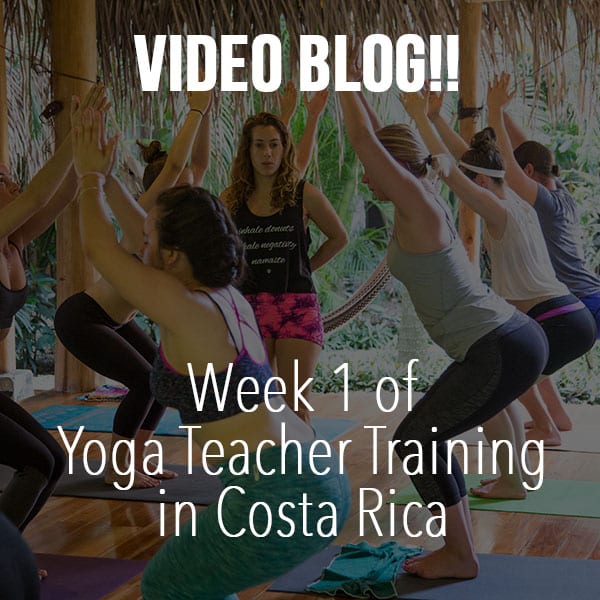
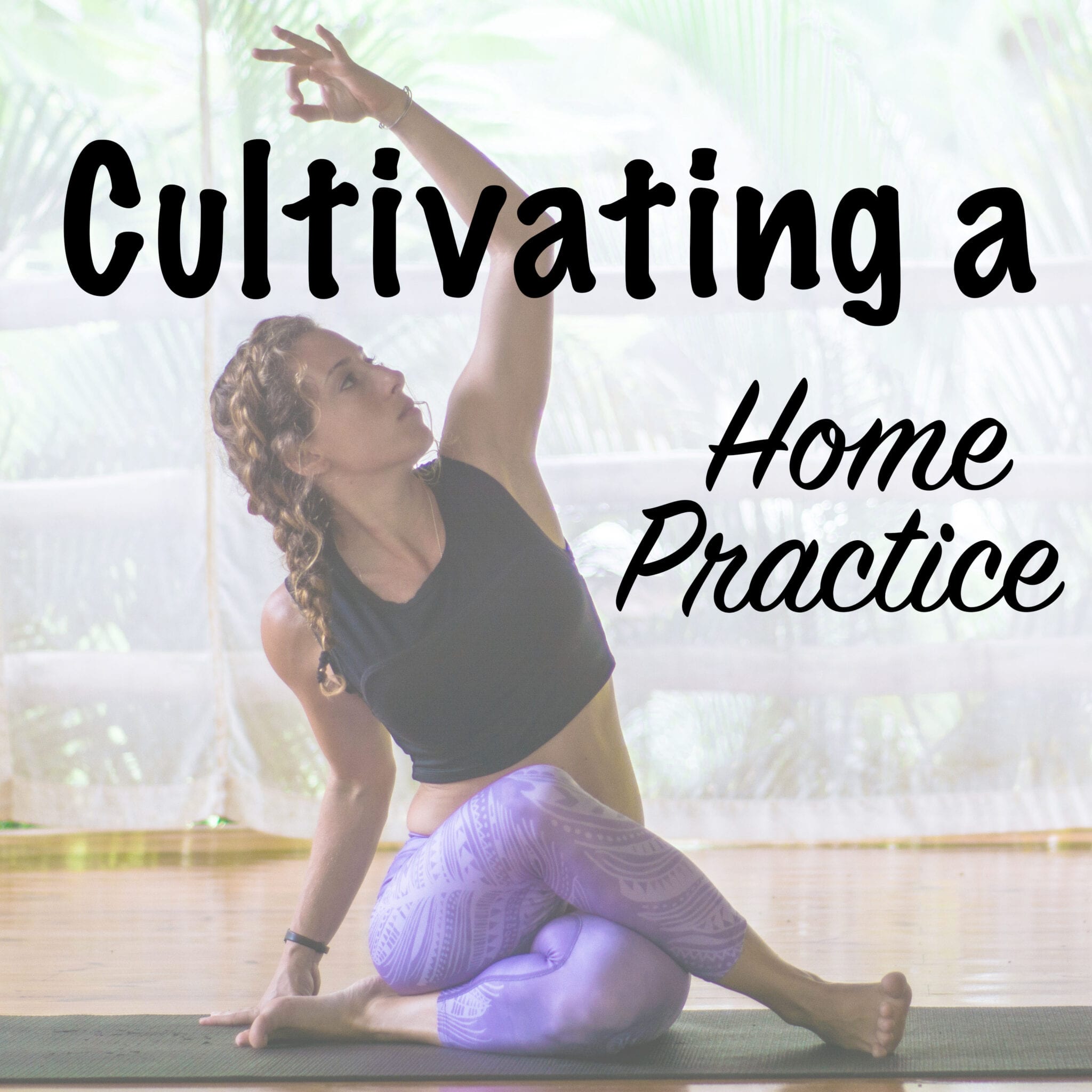


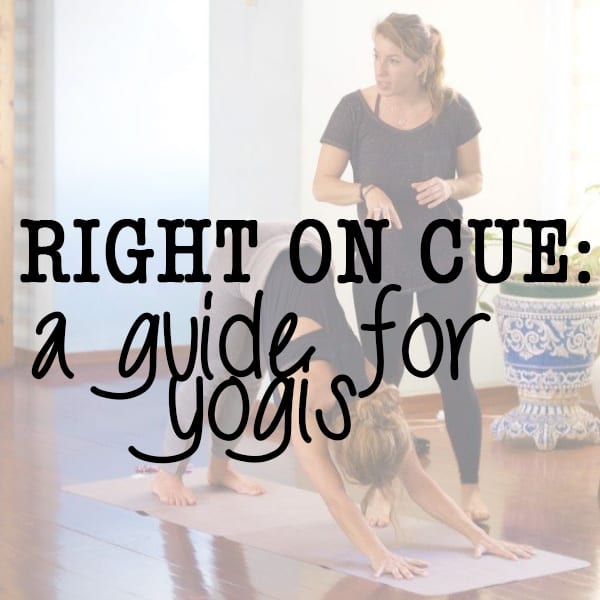


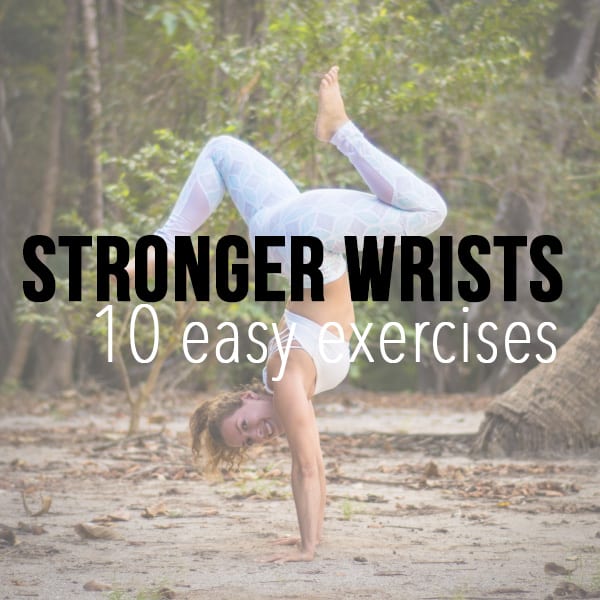











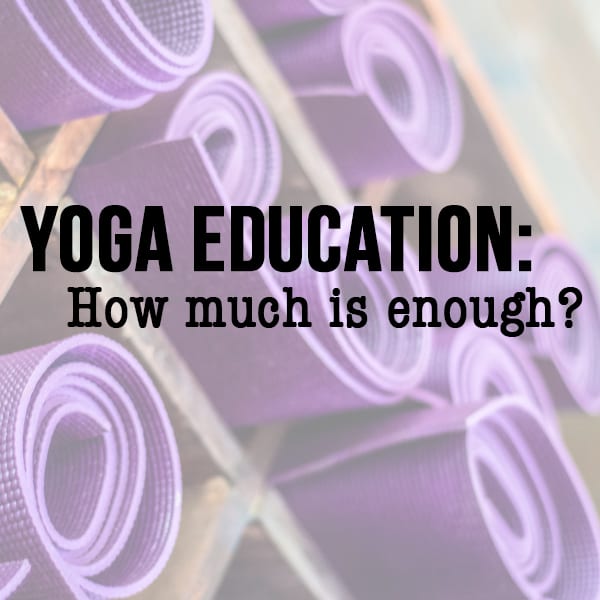

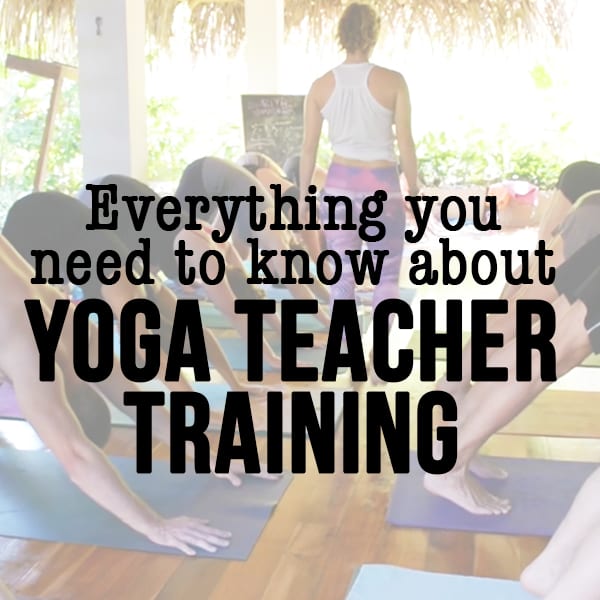



 4) Eat local and seasonal. You’re in a beautiful part of the world full of indigenous plants and tubers. Eating food that is in season and local offers you the chance to taste something at its peak freshness, which means optimizing its nutritional content. Indulge with fish that was caught just a few hours before, or fruits fresh off the branch. Whatever type of eater you are- herbivore or omnivore, dig into the foods that this land harvests for you. Give your senses a chance to explore your current corner of the planet, while giving your body a chance to absorb the abundant vitamins and minerals found in fresh, local food.
4) Eat local and seasonal. You’re in a beautiful part of the world full of indigenous plants and tubers. Eating food that is in season and local offers you the chance to taste something at its peak freshness, which means optimizing its nutritional content. Indulge with fish that was caught just a few hours before, or fruits fresh off the branch. Whatever type of eater you are- herbivore or omnivore, dig into the foods that this land harvests for you. Give your senses a chance to explore your current corner of the planet, while giving your body a chance to absorb the abundant vitamins and minerals found in fresh, local food.
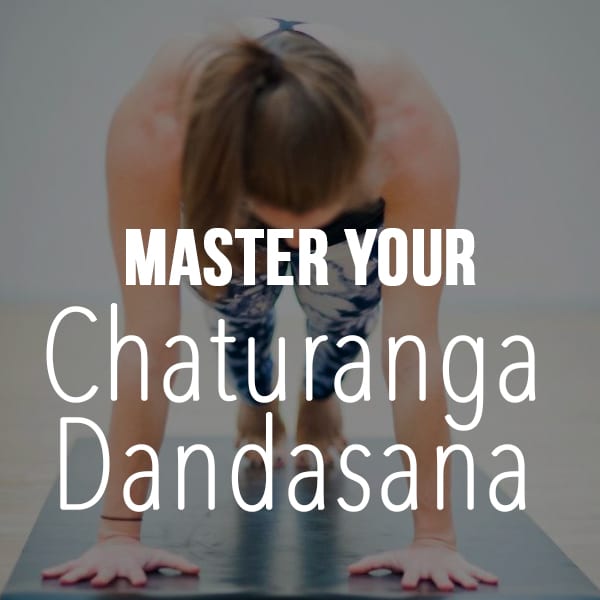
 This is a pose that I see so much misalignment in as an instructor. Chaturanga dandasana is a crucial element of practice for anyone who enjoys vinyasa yoga or wants to eventually achieve arm balances. Misaligned chaturanga can lead to shoulder strain and rotator cuff injuries as well as neck pain and low back pain. So it is important to do this asana properly. follow these 5 steps to master your chaturanga dandasana.
This is a pose that I see so much misalignment in as an instructor. Chaturanga dandasana is a crucial element of practice for anyone who enjoys vinyasa yoga or wants to eventually achieve arm balances. Misaligned chaturanga can lead to shoulder strain and rotator cuff injuries as well as neck pain and low back pain. So it is important to do this asana properly. follow these 5 steps to master your chaturanga dandasana.
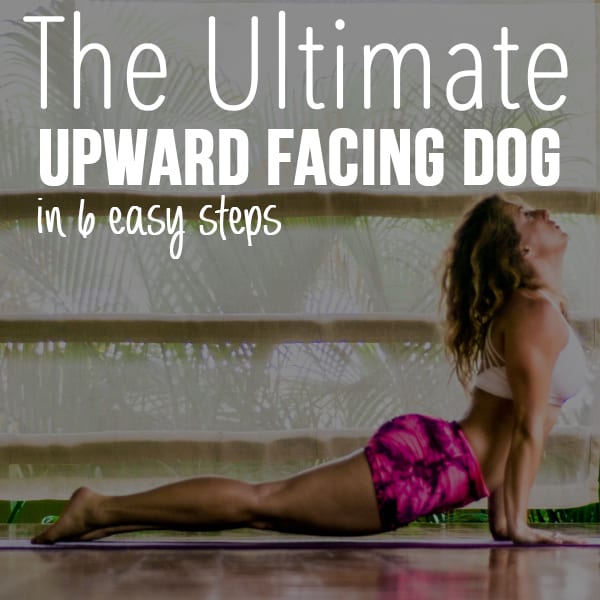
 Urdva mukha svanasana a pose often rushed through or misaligned even by more experienced practitioners. Here are some things to remember while working towards your ultimate upward facing dog:
Urdva mukha svanasana a pose often rushed through or misaligned even by more experienced practitioners. Here are some things to remember while working towards your ultimate upward facing dog: